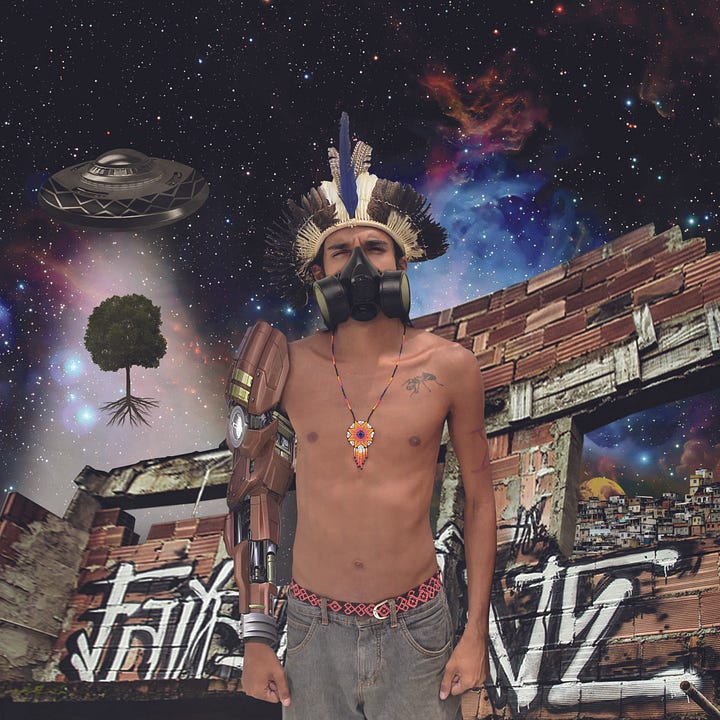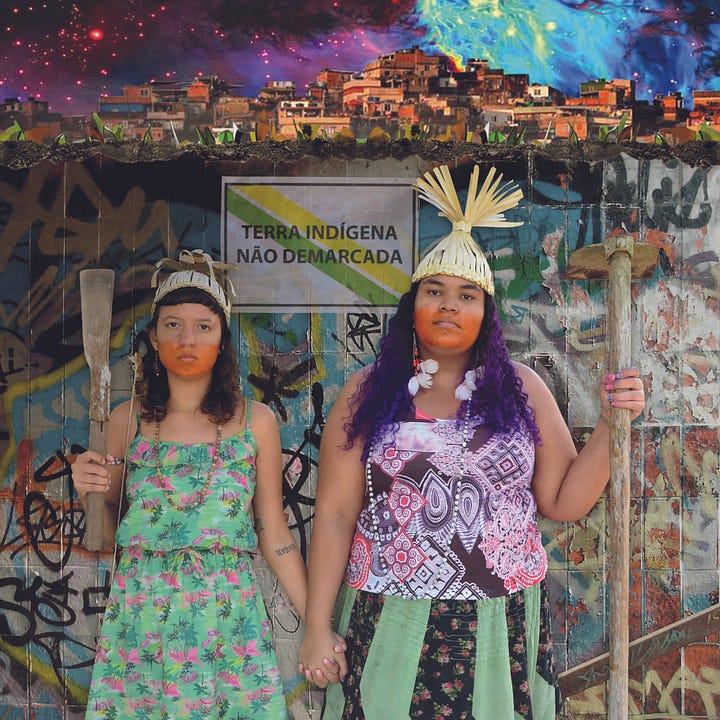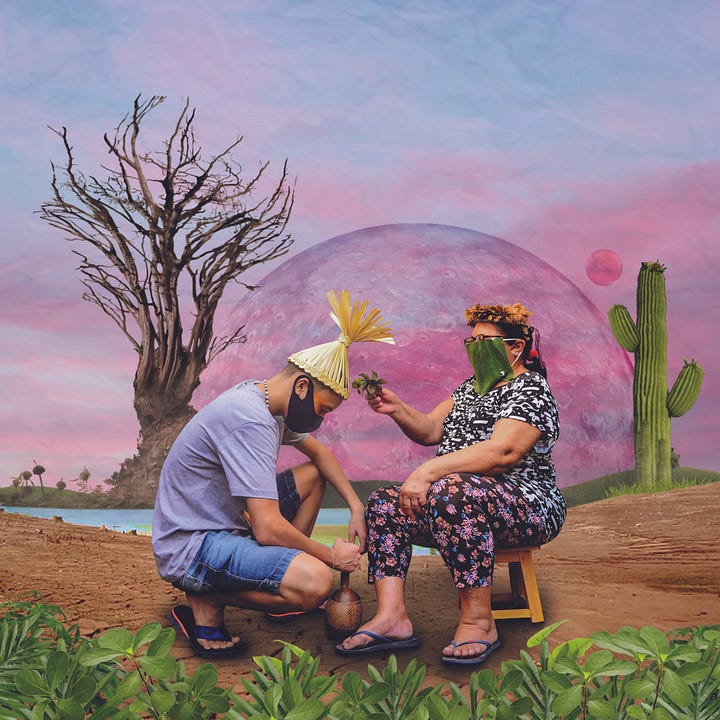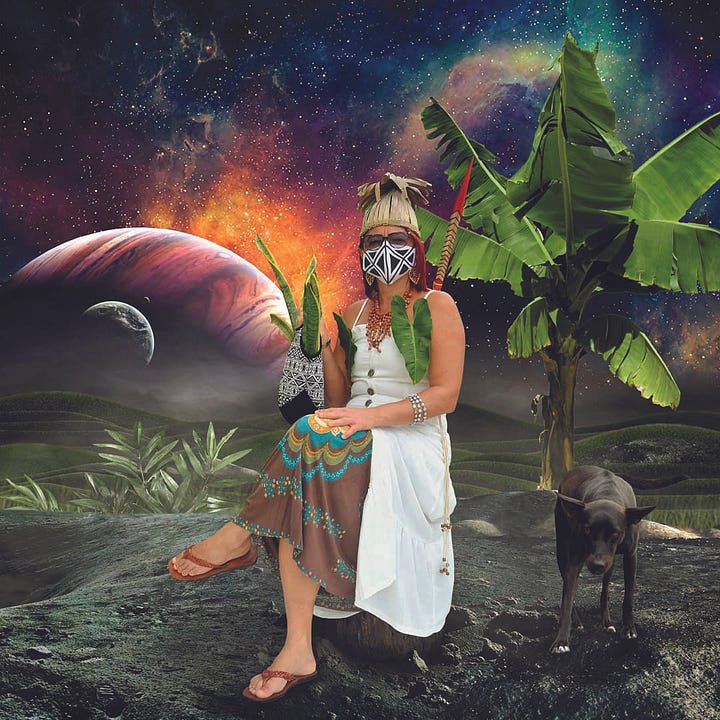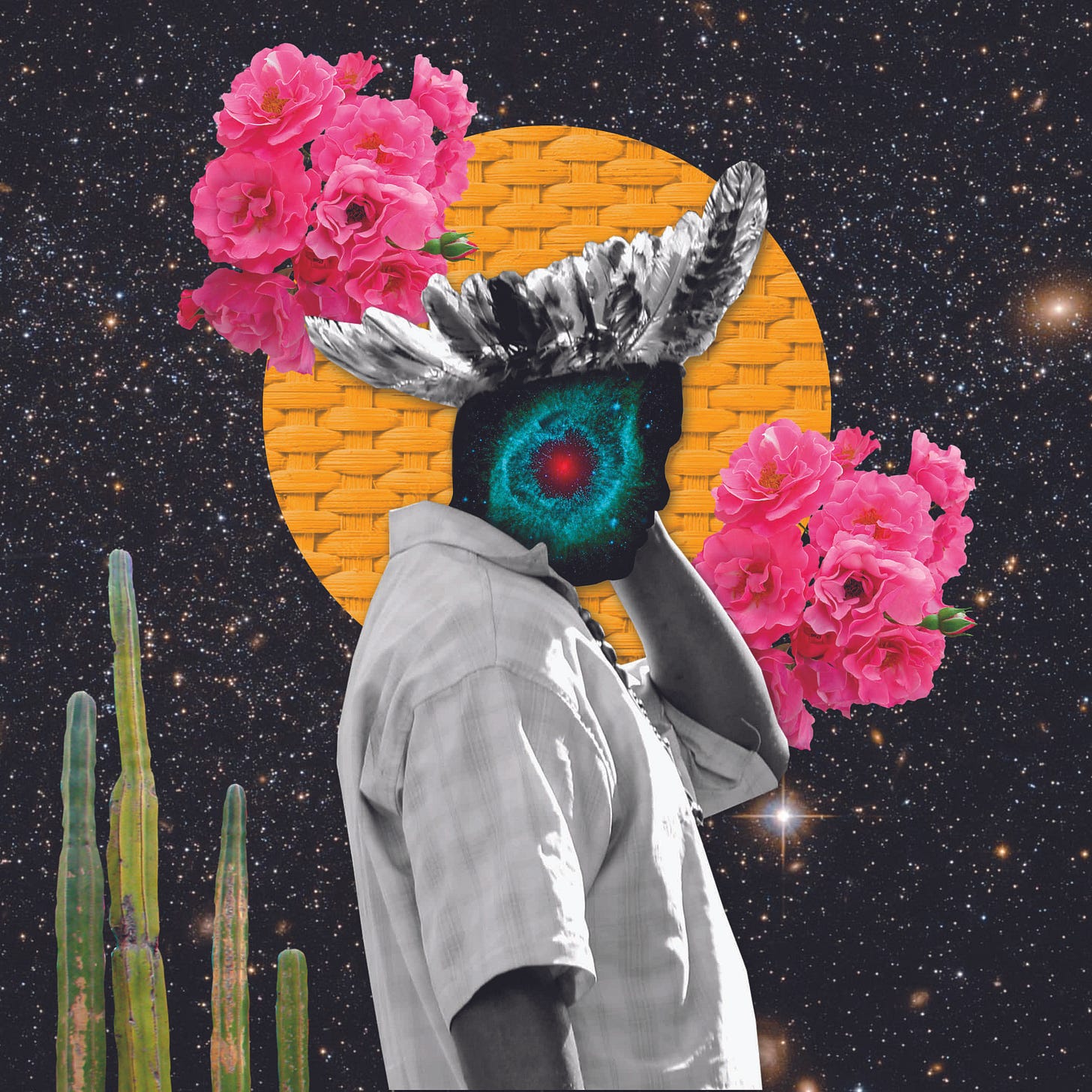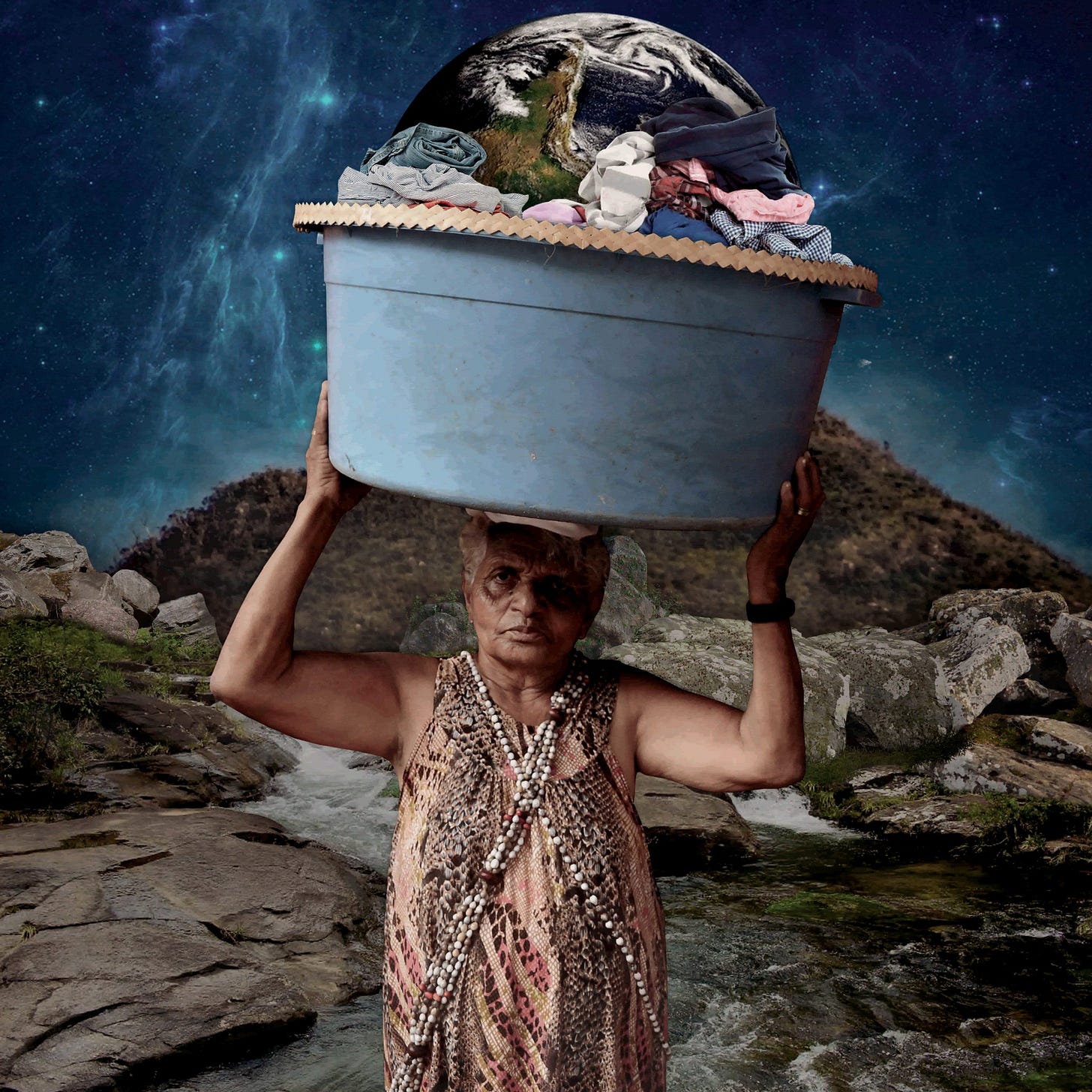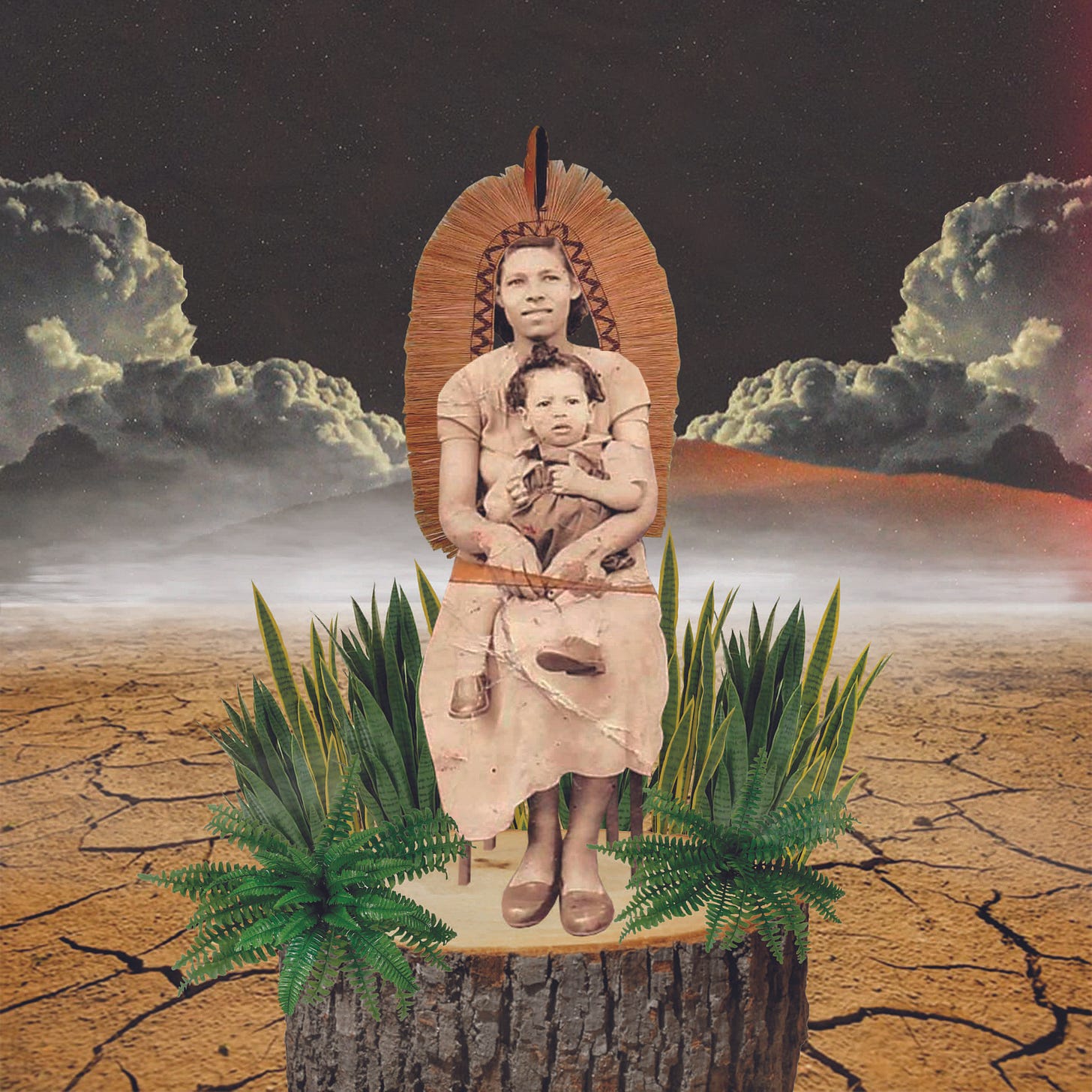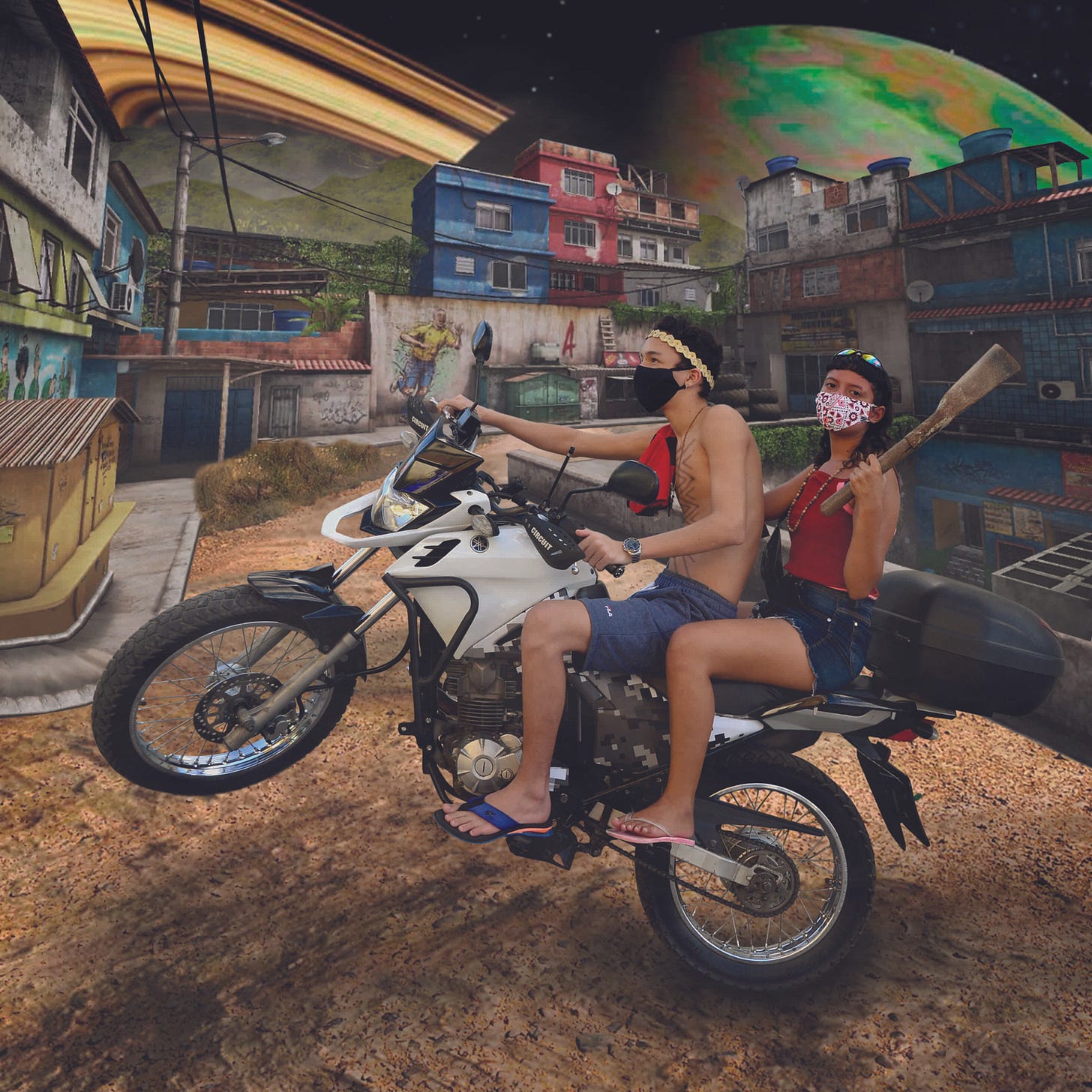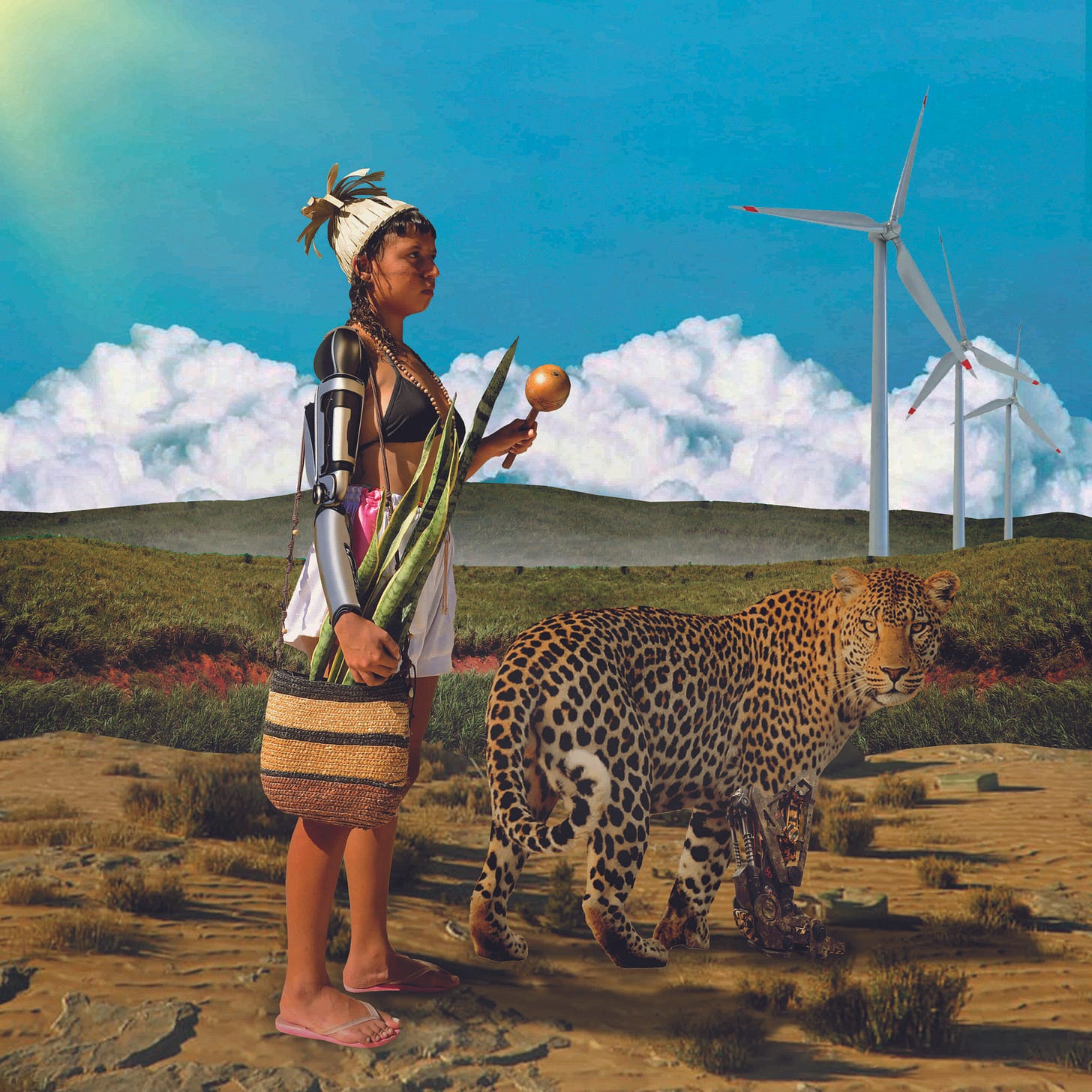A different kind of future
Kadu Tapuya's powerful photo essay, plus attend our partnered event on the Georgia protests!
Last weekend, I attended a briefing with several experts on foreign affairs—and left feeling ready to hide for the next hundred years. The experts described a world riddled by rising authoritarianism, numerous humanitarian crises, and democratic dysfunction thanks to increasing polarization. Upon hearing such accounts, it’s easy to fall into a sense of hopelessness. It’s also all the more important to consider the many resistance movements that seek a different future.
For the last month, the country of Georgia has been in turmoil, after Georgian officials announced their intention to pass a new restrictive “foreign agents” law modeled heavily on key repressive legislation in Russia. Thousands of Georgians took to the streets and have not stopped protesting, even as the law was passed by the Georgian legislature and even in the face of increasing police violence. These protests mark a crucial moment, not only for the country, but for so many other communities resisting autocracy.
Today, May 19, at 12pm ET you can join an event exploring just what these protests mean for the world. Stranger’s Guide is partnering with Coda Story, ZEG Fest and Radio Tavisueba to host this event exploring the roots of the current crisis in Georgia and why its fight matters to the world. The hour-long event will feature historian Anne Applebaum and writer Peter Pomeranzev as well as journalists and activists from the region. Register here and join the conversation.
To create new futures will require a level of courageous creativity. And for that reason, in this Sunday Reading I am sharing the extraordinary work of Kadu Tapuya. Tapuya’s photo essay “Indigenous Futurism” imagines a world centered on the experiences and knowledge of Indigenous peoples. A member of the Xukuru People of Brazil, Tapuya is a multimedia artist whose images offer a portrait of resistance that hews to cultural traditions while evolving and renewing its cosmology.
I hope you can make it this morning to our virtual event on Georgia. And please respond in the comments by sharing what writers, artists and social movements engage in the kind of work that can help us chart a new path forward.
—Abby Rapoport
“Indigenous Futures,” Kadu Tapuya. Stranger’s Guide: Amazon.
In one photo, an elderly Indigenous woman holds a large blue bucket on her head. It’s full of clothes, but in it, too, is the earth; she is literally carrying the weight of the world on her shoulders. In another, a young Indigenous man in a headdress and wearing a gas mask stands proud in front of a graffiti-strewn building. The image is superimposed against the universe; a spaceship hovers above and an uprooted tree floats among the stars.
This is “Indigenous Futurism.” It’s the brainchild of Kadu Tapuya, a 25-year-old multimedia artist and member of the Xukuru People, an Indigenous tribe from the Brazilian state of Pernambuco, which hugs the country’s east coast. He imagines a future for Indigenous peoples that is grounded in their cultural traditions and values—rather than being based on the dominant Western culture—while at the same time infusing that vision of the future with elements of Indigenous spirituality and cosmology.
Tapuya’s work encompasses photography, graphics and video, but it’s his digital collages of Indigenous Futurism that turn heads. The images, part of a series of 20 photographs printed on canvas, address issues of decolonization and the restoration of Indigenous sovereignty. His work conveys knowledge that Tapuya imagines only being strengthened, rather than destroyed, over time: a vision of a world in which Indigenous people are the protagonists in their own stories, surviving and resisting. “The Mata Sul de Pernambuco was and continues to be a place of great Indigenous resistance,” Tapuya says, “despite so much violence and [attempts at] erasing Indigenous identity. A buried seed does not die.”
